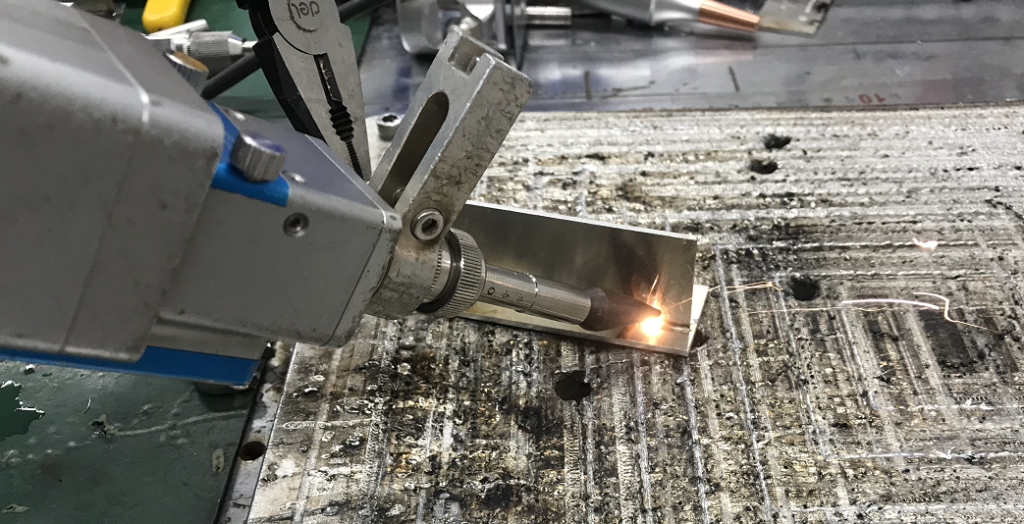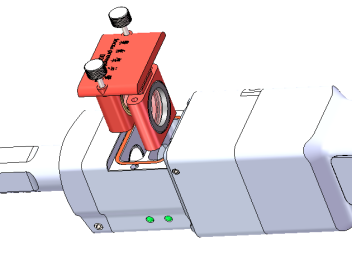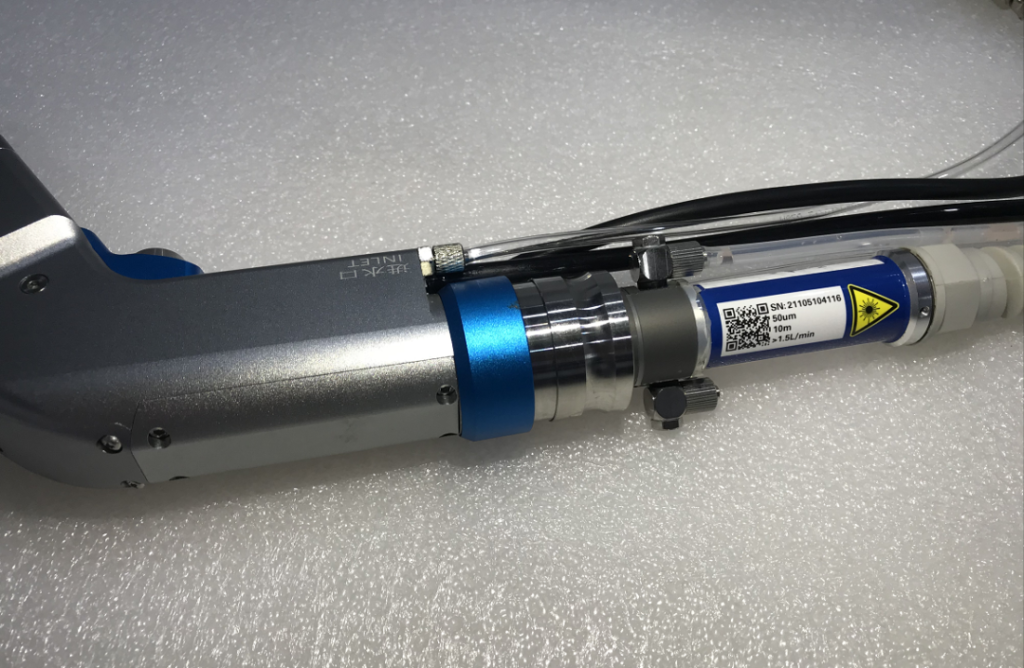Hand-held laser welding hot market, new welding joint to solve many pain points
Hand-held laser welding equipment is one of the growing points of the laser application market in recent years. Since the second half of 2018, hand-held laser welding equipment began to show up frequently in the exhibition, and under high efficiency, short training time, environmental protection, fewer consumables, high malleability, and many other advantages recognized by the market. Even fiber laser giant IPG also entered the hand-held laser welding market.

Advantage and application of hand-held laser welding
“Demand for handheld laser welders is very strong,” IPG said in its latest quarterly report. Customers are excited about the ease of operation of our hand-held laser welding machine, the improvement of welding quality, the diversity of joinable materials, and so on. In some applications, handheld laser welders can help customers reduce the material cost of manufacturing components because they can use metals that can not be welded by traditional processes. In addition, the hand-held laser welding machine can clean the surface before and after welding, further reducing the cost and increasing productivity. In addition, the product will help address the shortage of qualified welders and high labor costs, as the training process for handheld laser welders takes only a few hours and is very easy to use even for non-professional welders.”

At present, the application fields of hand-held laser welding mainly focus on the irregular welding processes such as sheet metal, chassis, water tank, distribution cabinet, kitchen cabinet, stainless steel door, and window guardrail, etc. . Compared with the traditional argon arc welding and electric welding processes, the hand-held laser welding is either energy-saving (80% ~ 90% less than the argon arc welding), also in the thin stainless steel plate, iron plate, aluminum plate, and other metal materials in the welding speed, welding quality, follow-up treatment (can greatly reduce the polishing and leveling process costs), and so on have obvious advantages, therefore, there is a strong potential to replace the traditional process.
At the same time, the hand-held laser welding itself is also constantly undergoing technical and technological iterations. In the past, the hand-held laser welding used ordinary straight head welding, and the welding seam was narrow, which restricted the laser welding technology ability to a certain extent. To solve this problem, many manufacturers, including Xinghong optoelectronics, have reformed the welding joint and developed the swing welding joint and the swing welding process. Swing welding can adjust the welding spot from 0.2 mm to 6 mm (can be adjusted according to the need), breaking the big weld requirement on the welding capacity constraints, therefore, the same penetration can be achieved at the same welding speed under the condition of reducing the laser power, or different weld width can be obtained by changing the parameters of vibration welding.
Difficult points and painful points in hand-held laser welding
Although hand-held laser welding has many advantages, but also must be aware of the current problems in this market. The first issue is price. At present, the single price of the argon arc welding equipment, which is the main substitute for the hand-held laser welding, is only several thousand yuan, while the price of the hand-held laser welding equipment a few years ago was generally one hundred thousand yuan, after several rounds of price reductions of fiber lasers, the price of the whole machine is still tens of thousands of yuan (a factory 1kW hand-held welding quoted price of 60,000 yuan), the initial investment cost is too high is the current hand-held laser welding equipment into the market the main obstacle. Of course, with the market gradually up and fiber laser prices continue to decline, the cost of hand-held laser welding equipment will gradually decline, and the argon arc welding equipment price gap will continue to narrow.
Safety is the most critical aspect of hand-held laser welding, apart from its cost. Hand-held laser welding belongs to four kinds of laser products (greater than 500MW), which is harmful to the skin and eyes to some extent. However, many workers in domestic processing factories can not see the laser and the sparks during processing are not dazzling, therefore, there is often no safety protection for the hand-held welding operation. That’s a very dangerous thing to do. Although the human eye can not directly see the infrared band of the laser (fiber laser common wavelength of 1064 nm), holding the welding joint and workpiece surface at a certain angle, some of the lasers will be reflected out, in particular, welding copper, aluminum and other high reflective material when the reflected laser energy is greater, in case of reflection into the eye will cause irreversible damage to the retina! For this reason, the OFweek laser network urges that users holding laser welds must wear laser goggles!!
In addition, due to the short application time of hand-held laser welding, the technology development is not mature enough, there are still some pain points in the specific application process. Such as poor processing environment, more dust caused focus easily pollution, hand-held work easy to cause QBH loose, and optical fiber jumper docking jam alarm, and so on. These phenomena have been a headache for front-line welding workers.
Xing Hong photoelectric new products, solve many pain points
OFweek laser network has learned that Xinghong Optronics, based in Wuhan, has solved most of the pain points in its new fiber-optic hand-held swinging welding joint, XHWG200ASD-RD.

Because of the contamination of the focusing mirror, the new type of welded joint breaks the traditional single focusing protective mirror mode, and applies the double drawer structure to make the inner and outer double protective mirrors. The inner and outer protective mirror drawers are independent of each other. When changing the outer protective mirror drawer, it will not interfere with the inner protective mirror drawer. In this way, the laser intracavity optical components can be better protected and the possibility of contamination of the focusing mirror can be greatly reduced.

At the same time, the new welding joint uses RD fast insert type optical fiber joint to avoid the QBH easy to lose, with the optical fiber jumper docking jam alarm and so on. The Rd joint is located by Cone, locked by 5 steel balls on the inclined plane, and has 3 elastic contacts, which can ensure the concentricity of optical fiber, the beating of the light point, the non-shaking and non-falling of the optical fiber jumper, and no alarming phenomenon.

In addition, the new welding joint also uses the “Adjustable light spot aperture adjustable” patent technology and temperature sensing real-time monitoring technology. The adjustable facula aperture adjustable technology can adjust the gear shaft by pressing and meshing with the conical adjusting teeth of the up and down adjusting ring and twist the adjusting teeth shaft to make the up and down adjusting ring rotate relative. The real-time monitoring and control of temperature sensors are based on the real-time monitoring and feedback of the protective plate in front of the laser-welded joint. When the temperature of the protective mirror is too high or is damaged, the temperature controller can be fed back to control the flashing of the red LED and interrupt the laser, the control green LED is always bright.










